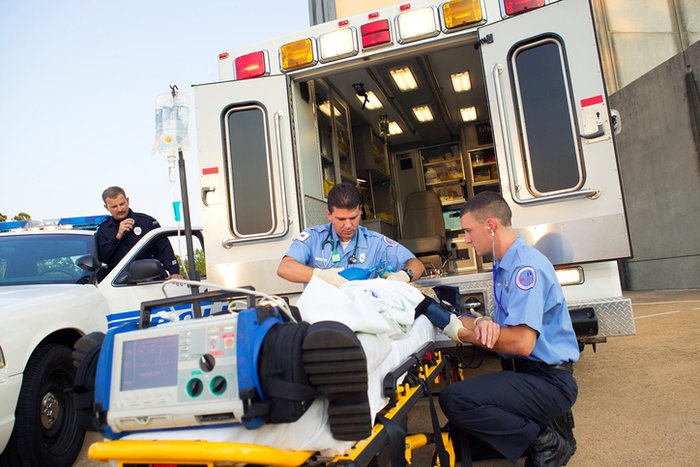
As a paramedic, you know the most critical task you are called on to perform is managing the airway. Whether your patient is an asthmatic, struggling for breath; a pediatric suffering a partial blockage due to an inhaled object; or an unconscious trauma victim with a blood-clogged airway, the decisions you make and the actions you take will determine whether your patient lives or dies.
So, let’s briefly discuss three tips you can follow for mastering airway management and ventilation in patients with tenuous airways.
1. EDUCATION
One of the most effective ways to perform at your peak is to never stop learning. Learning new skills and perfecting known techniques are no longer the only arenas for expanding your knowledge base. Today’s continuing education comes in many forms.
Here are just a few examples:
- Online courses and degree programs – there are now numerous online opportunities to complete certifications, brush up on the latest info, and obtain a degree
- State and national conferences – these provide excellent opportunities to hear the latest news, witness cutting-edge technology, and network with fellow professionals
- Become an instructor – one of the greatest skills to master is teaching others; it’s also the best means of achieving proficiency
- Journals – there are several excellent EMS journals to choose from, so treat yourself to a subscription or check out their websites
2. ASSESSMENT
Once you’ve pushed forward with continuing education, it’s time to put that knowledge to use. And when it comes to airway management, it all begins with assessment.
Remember these key factors when assessing a tenuous airway:
- Is the patient alert and oriented or obtunded?
- Is the skin warm and dry or cool and diaphoretic?
- Is the patient breathing spontaneously, and, if so, is he or she working to breath?
- What is the respiratory pattern?
- Is chest rise equal and symmetrical?
- Are there signs of injury to the chest?
- Does the patient rely on an airway adjunct (oxygen, tracheotomy)?
- Palpate the chest for subcutaneous emphysema, equal/symmetrical excursion
- Auscultate ALL lung fields – anteriorly, posteriorly, and midaxillary
A thorough assessment will allow you to gauge the level of respiratory insufficiency your patient is experiencing, which leads to our final tip: having the right equipment on hand to treat the patient.
3. EQUIPMENT
Despite a broad range of knowledge and a thorough assessment, you will be unable to treat your patient if you don’t have the proper tools available. They include:
- BP cuff/stethoscope
- Bag-valve mask
- Oro/nasopharyngeal airways (assorted sizes)
- Magill forceps
- Laryngoscope with assorted blades
- Endotracheal tubes
- LMA
- Combitube
- Portable suction unit
These items can be stowed in an airway bag or in a well-provisioned trauma bag. Wherever they are kept, be sure they accompany you to each and every call. You never know when you’ll be faced with a difficult airway, so be sure you’re prepared for any respiratory emergency.















